What is the Text Generation?
The Text Generation refers to people born from the late 1990s to the early 2010s. They have grown up in a world where technology and digital communication are part of everyday life. This generation is skilled at using smartphones, social media, and digital platforms to communicate and access information. Their reliance on technology and ability to quickly adapt to new digital tools make them a unique and influential force in today’s society.
Let’s explore who the Text Generation is and how they are shaping our world.
Understanding How Computers Write Text
Computers turn words into numbers using natural language processing (NLP) techniques. This involves breaking down text into individual words and representing them with numerical values based on their meaning, context, and relationships.
To teach computers to predict words and create content, techniques like recurrent neural networks (RNNs) and transformer models are used. They analyze patterns, grammar, and contextual information from large datasets of text.
In addition, providing practice lessons and exposure to diverse texts helps computers generate their own stories and write books more effectively.
By fine-tuning AI models and algorithms through learning from various sources and authoring authentic content, computers can expand their capabilities for creative writing. This contributes to the advancement of AI systems in natural language understanding and text generation.
Getting Started with Text Making on Your Computer
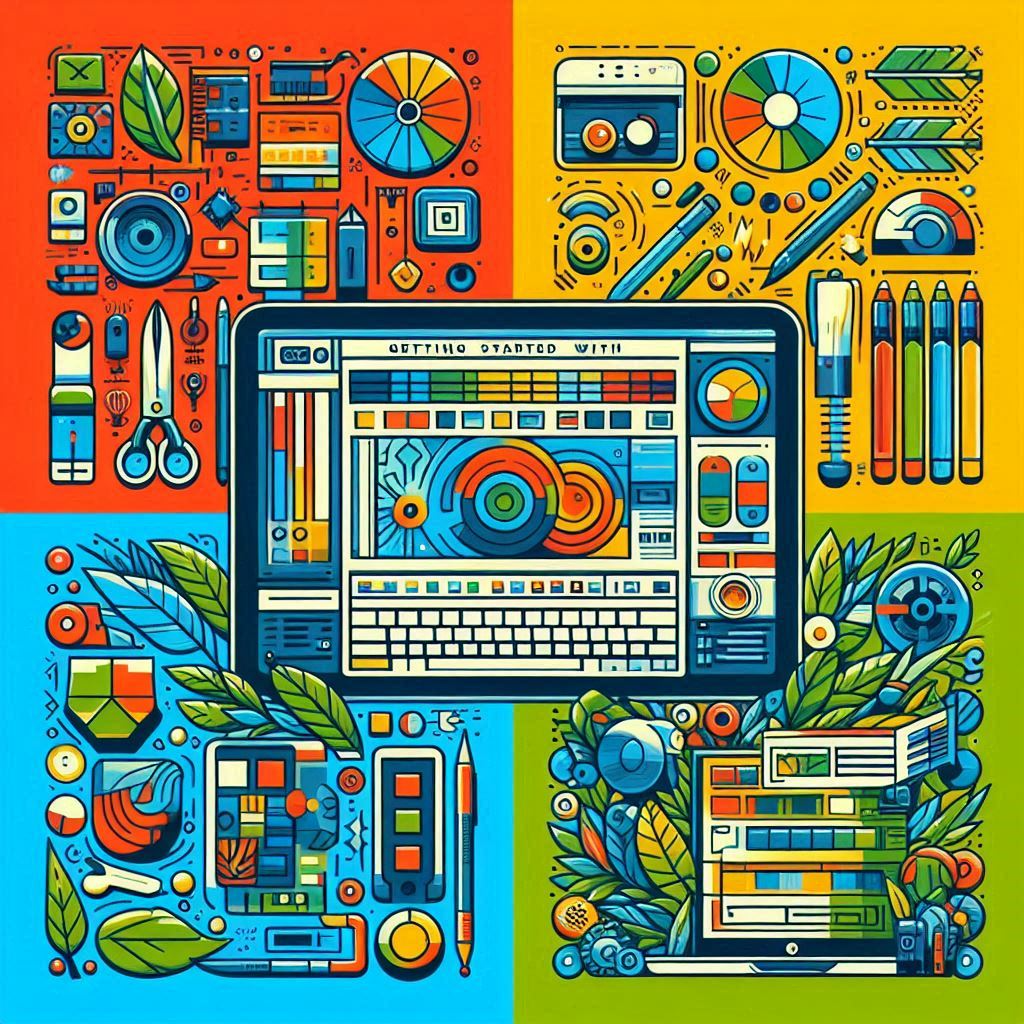
Gathering Tools and Libraries
Different tools and libraries exist for gathering and organizing text data on a computer. Some examples are NLTK, spaCy, and TextBlob. These offer tokenizing, stemming, and tagging functions, making them useful for natural language processing.
To choose the best tools and libraries for text data gathering, consider factors like ease of use, compatibility with other systems, and specific project requirements. User reviews and ratings can also help gauge performance and reliability.
Using various tools and libraries for text data offers advantages like streamlining tasks, accuracy, and handling large volumes of data. However, there can be limitations, such as a steep learning curve, potential compatibility issues, and differing performance levels based on the task or dataset.
Grabbing a Book to Teach Your Computer
Consider its comprehensiveness and relevance when choosing a book to teach AI systems text generation. This will help you select a resource that covers grammar, contextual information, and language patterns for effective text generation.
Content showcasing real-world applications and examples helps users apply their knowledge practically. A book must clearly explain complex concepts and provide coding assistance through examples for effective learning and implementation.
A book teaches a computer to write and understand text by providing detailed instructions for training AI models on large datasets. It offers insights into understanding and interpreting patterns and contextual information, forming the basis for text generation.
This knowledge can prompt AI models and conditions for generating new text accurately and relevantly.
Reading and implementing a book for teaching a computer involves understanding foundational concepts, practicing coding techniques, and experimenting with different models. It’s important to recognize potential errors and develop strategies to rectify them. Learners can benefit from hands-on exercises and real-world examples to solidify their understanding and enhance their text generation skills.
Reading the Book With Your Computer
Using your computer to read digital books and access interactive content like audiobooks, videos, and related articles can improve your reading experiences.
Tools and libraries like Kindle, Adobe Digital Editions, and Apple Books provide a smooth reading experience across devices and allow you to customize your reading settings.
Plus, you can use predictive text tools and AI-based software to create practice lessons, quizzes, and flashcards that enhance your vocabulary and comprehension.
You can use AI systems like text generation models to make personalized exercises that match your reading preferences and learning goals. For example, you can use chatbot applications like ChatGPT for virtual conversations about the book’s content or employ AI-based systems like GPT4All to automate reading prompts and comprehension questions.
Preparing the Text for Learning
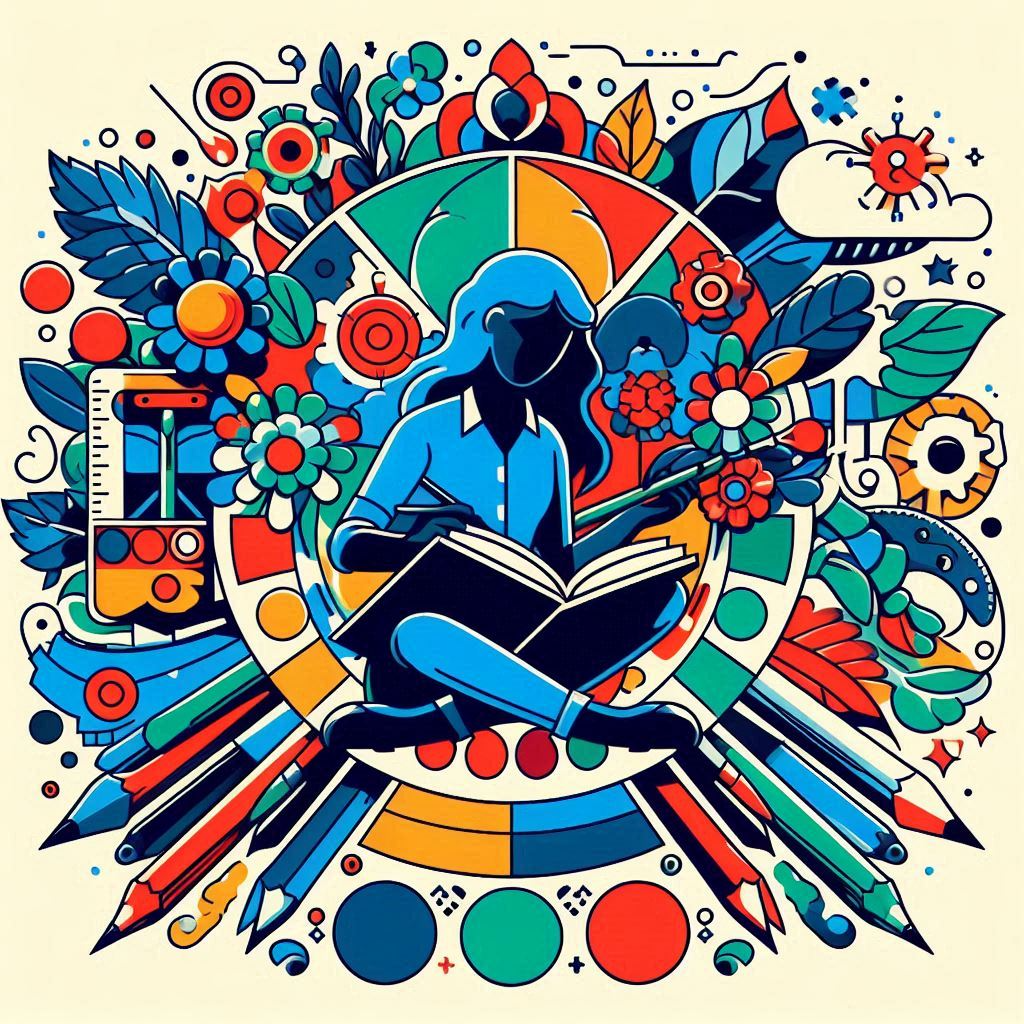
Turning Words into Numbers for the Computer
Text generation involves converting words into numbers, which helps computers understand and process language. Through extensive training on datasets, AI models learn patterns, grammar, and context to generate new text. Various models like o1, GPT4o, GPT-4, Claude, ChatGPT, and PaLM can predict words based on numbers, each with different capabilities. They imitate human language patterns to generate text resembling human speech.
Best practices include structuring text coherently, following grammar rules, and considering context for accurate computer processing. This helps avoid errors and ensures the generation of sensible and meaningful content.
Teaching the Computer to Predict Words
Teaching the computer to predict words involves using various methods such as natural language processing and machine learning algorithms.
Exposing the computer to large datasets of text can help it learn patterns, grammar rules, and contextual information to improve word prediction accuracy.
Practice lessons can be designed with repetitive exercises and contextual prompts to help the computer learn and adjust its predictions based on different scenarios.
Exposing the computer to diverse writing styles and language patterns can make its prediction capabilities smarter.
Additionally, using advanced text generation models like GPT-4o or ChatGPT and adapting them to specific tasks can improve the computer’s ability to predict words.
These methods collectively improve the computer’s predictions by making them more accurate and contextually relevant, thus enhancing its overall text generation capabilities.
Making Practice Lessons for the Computer
Gather tools and libraries to create computer practice lessons. These include IDEs, code editors, and programming languages. They allow the user to write and execute code, helping individuals develop their programming skills.
Preparing text for the computer to learn involves cleaning and organizing the data. It also includes ensuring consistency in formatting and removing irrelevant or redundant information. Following these steps improves the quality of the input data, leading to more accurate learning outcomes.
One can implement natural language processing techniques to help computers create their own stories and write books. This includes using text generation models that enable the generation of new text based on given prompts or conditions. These models are trained on large text datasets, allowing the computer to understand patterns, grammar, and contextual information. This ultimately enables it to create original written content.
Making Lots of Practice Lessons at Once
Text generation involves teaching a computer to create numerous practice lessons simultaneously. This helps in efficient learning and skill development.
The tools and libraries for this process include natural language processing models and large datasets to train the AI systems. Grammar checks, contextual understanding, and pattern recognition ensure that the computer-generated practice lessons are high quality and effectively aid learning.
The computer can produce various practice exercises by using NLP models and understanding language patterns, improving overall learning outcomes. Additionally, features such as AI-generated feedback and personalized exercises further enhance these practice lessons’ effectiveness, providing users with tailored learning experiences.
These methodologies make computer-generated practice lessons an invaluable educational resource catering to diverse learning needs and preferences.
Putting Together a Computer Brain for Text
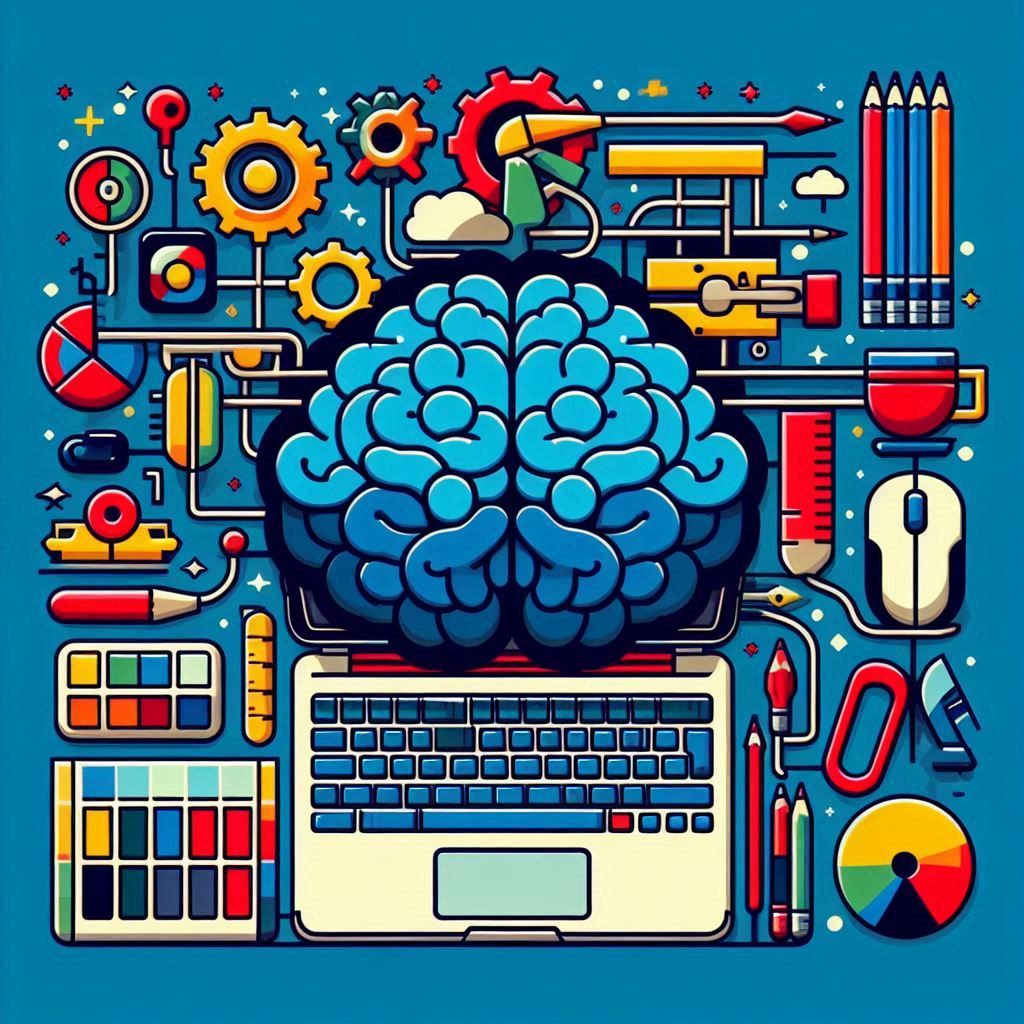
It would be best to have some essential components and libraries to create a computer brain for text. These include Python, NLTK, TensorFlow, and PyTorch. These tools help train AI models on large text datasets, teaching them to understand language patterns and context.
Using machine learning techniques like recurrent neural networks and transformers, the computer can be trained to predict words and create practice lessons for text generation. The computer brain can be made smarter by fine-tuning pre-trained language models and using transfer learning, improving its text generation capabilities.
Implementing techniques like attention mechanisms and large-scale data augmentation can also enhance the computer brain. These methods help the AI system better understand grammar, syntax, and overall contextual information, generating more coherent and human-like text.
Seeing if the Computer Brain Works
One way to test a computer brain made for writing is by trying it out with different prompts. By giving it various input types and then checking the output, developers can see how well it can create understandable and exciting text. Another way is to see if it can consistently copy human language patterns and styles, essential for making realistic and fitting content.
Success in text generation is shown by getting the grammar right, making sense in context, and keeping a clear flow of ideas. AI must also avoid mistakes and nonsensical writing to produce high-quality content. These ways are handy for figuring out how good AI systems are at making text.
Making the Computer Brain Smarter
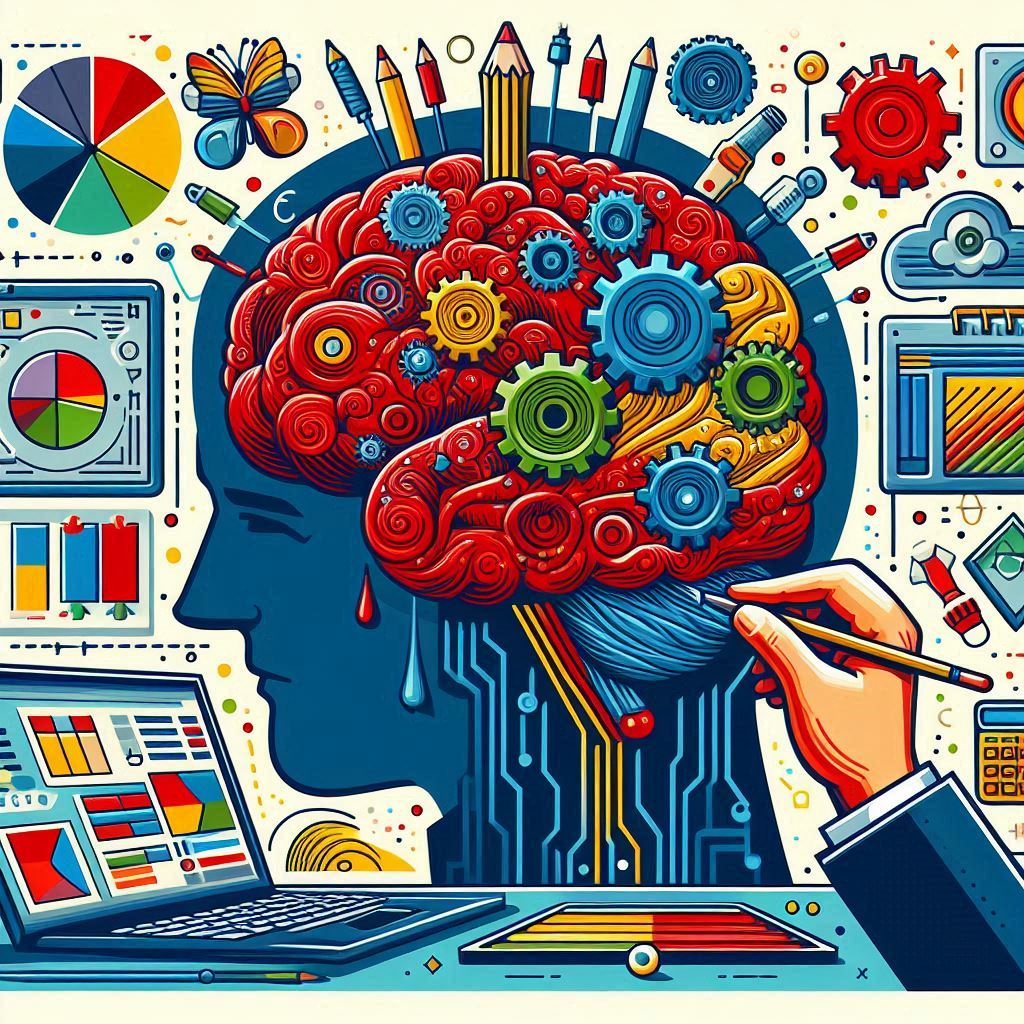
Fixing Mistakes the Computer Makes
Computers can sometimes make mistakes when creating text. These errors can involve lacking common sense or producing grammatically incorrect sentences. To fix these mistakes, we can examine the logic and grammar of the text. Then, we can retrain the AI model using a more varied data set or fine-tune the existing model for better accuracy and naturalness.
Techniques such as using larger and more specific datasets, advanced language models, and human feedback have proven effective in improving the quality of generated text. These approaches help AI systems improve their language patterns and understanding of context, ultimately reducing errors in text generation.
Remembering the Best Ways to Make Text
When generating text on a computer, it’s important to understand grammar, syntax, and contextual information. These are crucial for training AI systems to recognize language patterns and produce human-like content. Aspiring writers can improve their skills by studying text generation models and real-world applications like article and blog post generation. Familiarizing oneself with AI models such as GPT-4, Claude, and ChatGPT can enhance text creation skills and provide coding assistance.
To ensure efficient text creation, continuous training on large datasets, understanding the limitations of generative AI, and being vigilant of errors and lack of common sense in text generation are necessary. Implementing these strategies can optimize generating written content and effectively leverage text generation tools in data science projects.
Studying Hard to Write Well
Studying hard is important for improving writing skills. It allows individuals to expand their vocabulary, enhance their grammar, and refine their writing style.
An effective study method for improving writing abilities is to practice regularly and seek feedback to identify areas for improvement.
Putting effort into studying is important to becoming a better writer because it helps individuals develop a deeper understanding of language nuances. This enables them to communicate ideas effectively and engage readers.
By studying hard, aspiring writers can analyze different writing styles and structures, incorporate diverse literary techniques, and gain inspiration from various sources to enhance their own writing capabilities.
Helping Computers Create Their Own Stories
Text generation is when computers learn to predict words and create stories. They do this by training AI models on large datasets of text. AI can generate new text based on prompts or conditions by understanding patterns, grammar, and context.
The tools and libraries needed for text generation include chatbots like ChatGPT, language models like GPT-4, and algorithmic models like PaLM. These tools enable computers to understand and generate human-like text, which is helpful for routine tasks and coding.
The best ways to make computer brains smarter for writing and text generation include continuous learning through exposure to large datasets, refining algorithms to reduce errors and improve common sense, and using advanced AI models such as GPT-4All and Claude. These methods help computers produce high-quality, human-like text, improving the overall text generation process.
What Happens When Computers Write Books?
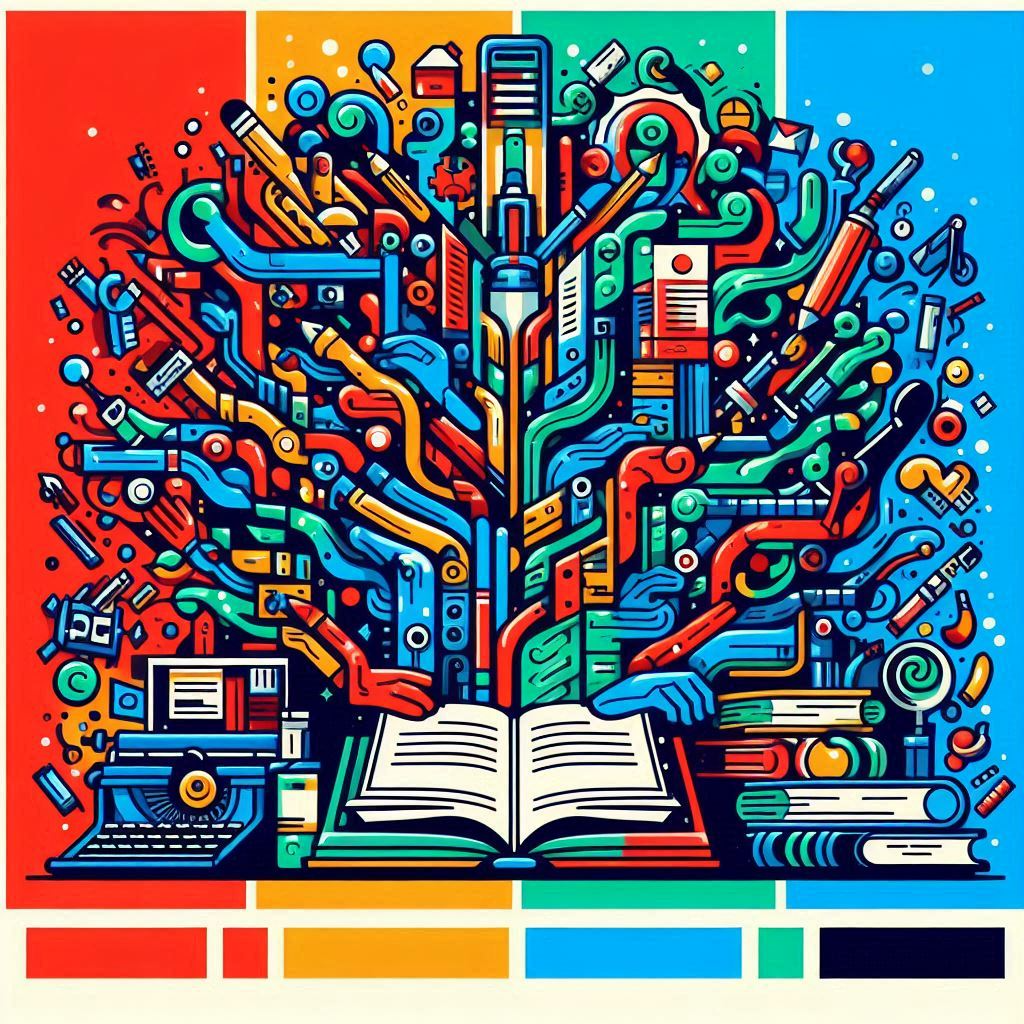
Text generation is when AI systems learn to produce written content that looks like human language. They are trained on lots of text to understand grammar, patterns, and context. This lets them create new text based on specific prompts. Machine learning and natural language processing teach computers to write books. Tools like o1, GPT4o, GPT-4, Claude, ChatGPT, and PaLM help generate text. Using AI for book writing has benefits in automating tasks and providing coding help.
However, there are limitations. AI may make mistakes or not make sense, which can be difficult for authors and editors. It’s important to use text generation tech carefully to make content creation easier while considering the complexities of human language.
Best Computer Brains for Writing Books
Text generation uses tools and libraries to help computer systems write books. This includes natural language processing libraries, word prediction algorithms, and databases for understanding language patterns.
By training AI models on large datasets, computers can learn to predict words and create text that imitates human language, considering factors like grammar and context.
Machine learning and deep learning techniques can make computers smarter, allowing them to analyze and understand large data sets. This not only improves their writing abilities but also enhances their language comprehension.
Advanced text generation models can assist computers in creating high-quality content and providing intelligent coding assistance for writing books.
Text Generation for Science Projects
Text generation has practical uses in science projects. It helps researchers create reports, articles, and summaries of their findings, making data analysis and knowledge dissemination more efficient. It can also assist in generating coding scripts, instructions, and algorithms for computational tasks within scientific research and data analysis.
Commonly used tools and libraries for text generation in science projects include GPT models, Claude, and PaLM, among others. These AI models are trained on vast amounts of text data to understand how to generate text effectively. Text processing libraries such as NLTK and SpaCy can refine and analyze the generated content for scientific rigor and accuracy.
Computers are trained on extensive scientific datasets to generate scientific text effectively, helping them understand specific terminologies, contexts, and language patterns. Reinforcement learning, a subset of machine learning, may also improve the accuracy and relevance of text generation for scientific research.

Vizologi is a revolutionary AI-generated business strategy tool that offers its users access to advanced features to create and refine start-up ideas quickly.
It generates limitless business ideas, gains insights on markets and competitors, and automates business plan creation.


